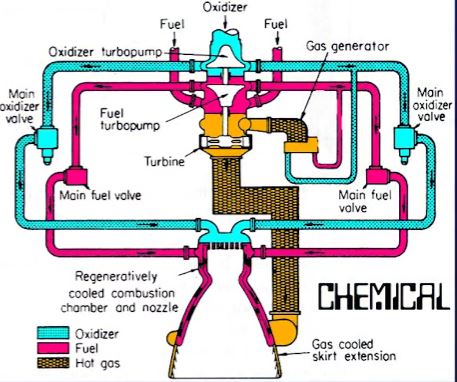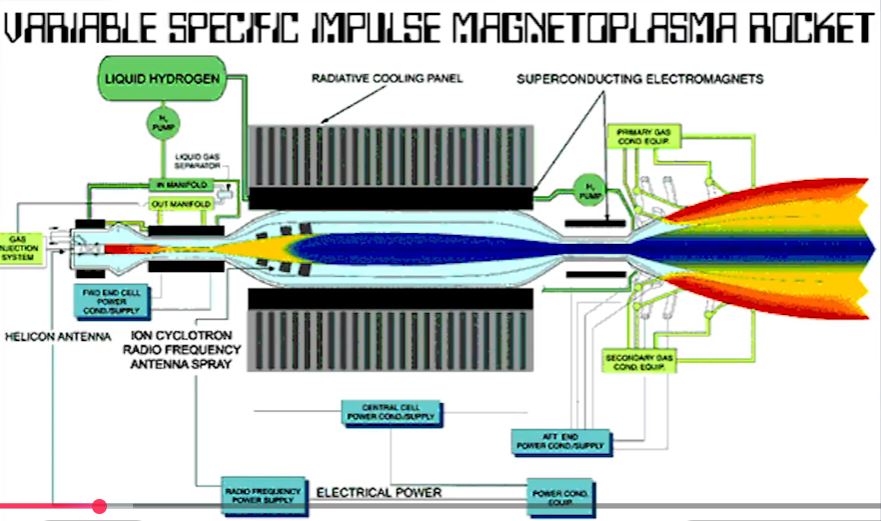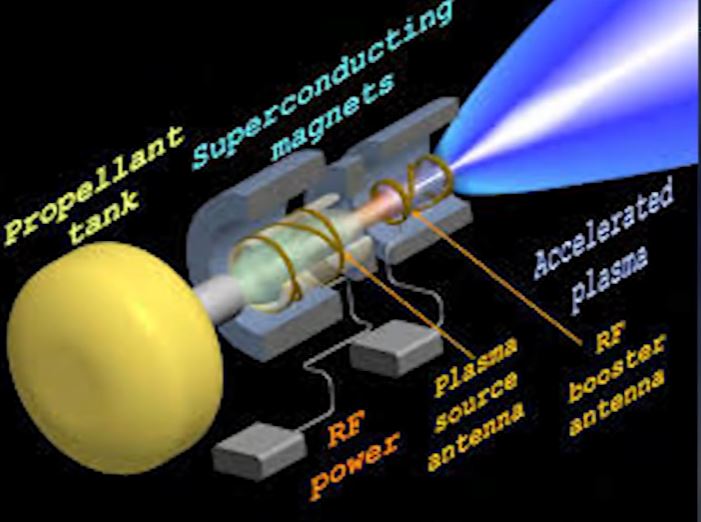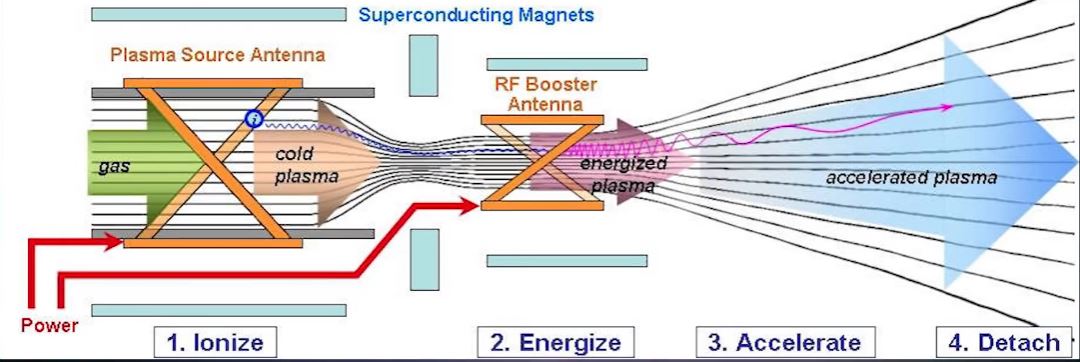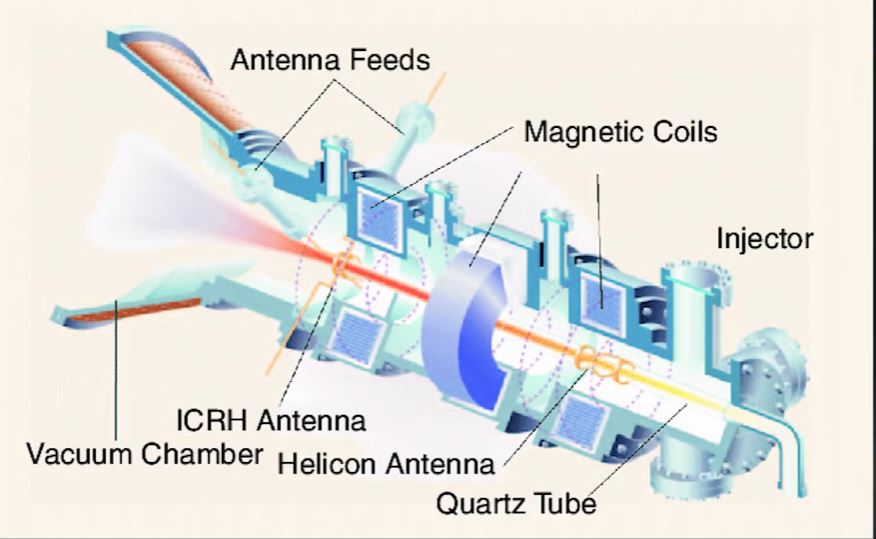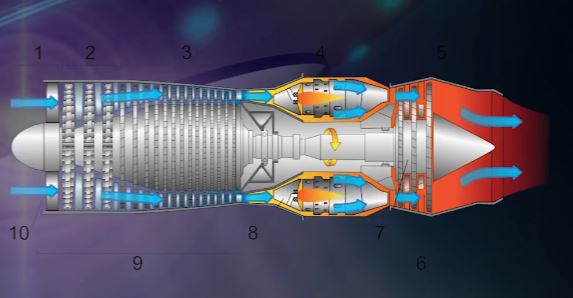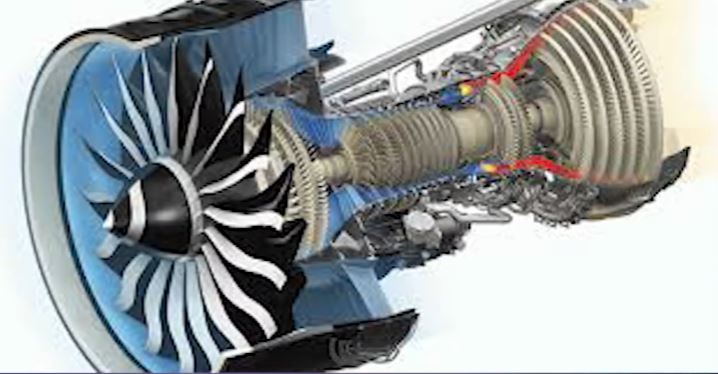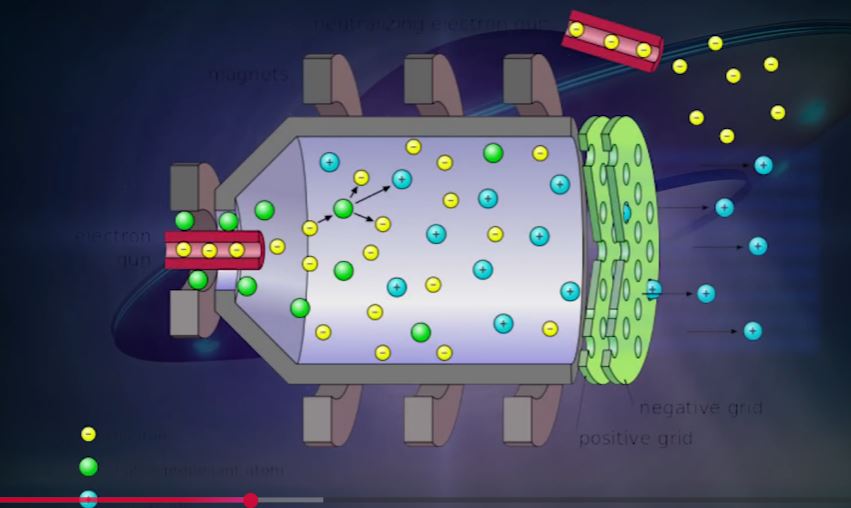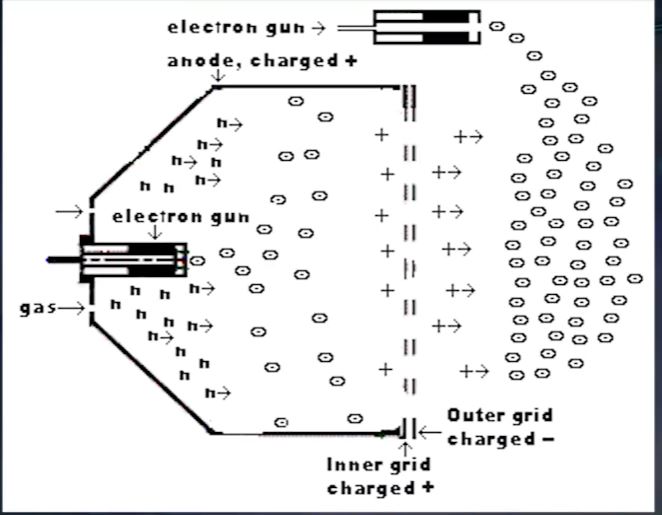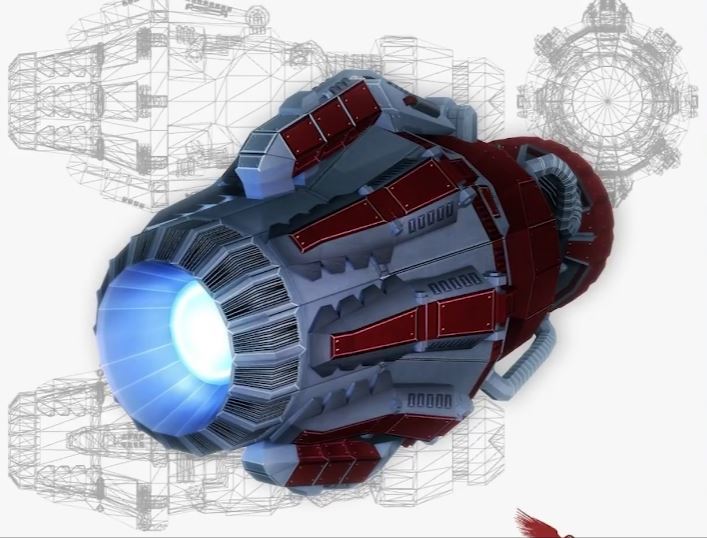Stellar Navigation 2 (Swaruu) (Part 4): Extraterrestrial Ship Technology (Taygeta - Pleiades)
SE PUEDE ACCEDER A ESTAS TRANSCRIPCIONES PARA REALIZAR LAS TRADUCCIONES A
CUALQUIER IDIOMA (en texto o video) SIEMPRE Y CUANDO ESTÁN ACOMPAÑADAS CON
EL CRÉDITO OFICIAL A ESTA PÁGINA WEB Y CANALES DE YOUTUBE DONDE FUERON ENCONTRADAS.
Bajo ningunas circunstancias se permite publicar la información presentada en
nuestros canales y en esta página para propósitos comerciales (venta de libros
y materiales promocionales).
Autora/Autor
Cosmic Agency, GosiaPublicada/Publicado
October 19, 2019Stellar Navigation 2 (Swaruu) (Part 4): Extraterrestrial Ship Technology (Taygeta - Pleiades)
Swaruu (9): Most important points from part 3:
At the moment when the ship alters its frequency and its harmonics, and changes them to those of the destination using the
frequency map, it ceases to be energetically compatible with its place of origin and becomes compatible with its destination.
A Taygeta ship uses 3 ways to move:
1. Gravitational manipulation
2. High energy electromagnetic plasma rocket
3. Total immersion of the ship
To manipulate gravity, or to generate artificial gravity, what we must do is first detect the base frequency of the gravitational flow of the specific region, and with it create an electromagnetic flow of opposite values. A gravitational generator is basically the same as that used for the tractor beam. If a ship is wrapped in its electromagnetic toroid, with a change in density compared to the external one… the shape of the hull becomes irrelevant. Many ships are not moving in an observable density from 3D.
Having said that, our skies are full of ships in interstellar and interplanetary transit every day. First, the basis of rocket engine. They look complicated but in themselves they are very simple and easy to understand as you will see in the following image:
It works by basically combining in equal or adequate amount a propellant or fuel – usually hydrogen, hot pink pipes with an oxidant that is a combustion booster, which is basically liquid oxygen, light blue pipes. The hot gas parts in the yellow scheme are mostly the cooling system for the outlet pipe system or else it will melt.
The fuel and the oxidant combine to produce a continuous explosion where the expanding gases can only exit in one direction, producing a thrust forward under the action-reaction principle. That is still used today and is the basis of all rockets from the Germans of World War II, the Titan, Saturn, to the modern ones.
On Earth, there is something called plasma rocket engine. It is in the development stage and that is why I speak of normal rockets first, because the so-called Earth's plasma rocket engine has little or nothing to do with that of a Taygetan ship or that of other star races.
Earth's electromagnetic plasma motor (all images provided by Swaruu):
The system is rather easy to understand too. The most notorious and total difference between a terrestrial plasma engine and that of Taygeta is that the terrestrial one still needs a propellant or fuel. The hot combustion gas between the liquid oxygen oxidant and the hydrogen propellant fuel passes through a series of very powerful electromagnets that basically order the molecules of the expanding gases, creating not only more complete combustion, but also greater efficiency in the exit order of the molecules of the hot exiting combustion gases, thereby producing more thrust with lower fuel consumption.
The high-powered magnets make the little molecules of the exit gases move in an orderly manner, one after another in a near-perfect sequence, as compared to the way molecules exit in a normal rocket engine, where they are all mixed and banging with one another, come with higher density ratio, others with incomplete combustion, slowing down the exit process from the nozzle and with it reducing the usable thrust power of the engine itself.
Normal jet engine. They do not breathe air nor use any type of fuel:
This is a turbojet:
The fan passes air through the engine and over the engine, helping with the thrust, cooling it and also ordering the exiting hot gases of the engine itself. Other systems that I briefly mention that are being developed on earth are the Ionic impulse motors.
Where the unidirectional focused output of electrons by its charge differential with the rare part of the motor creates an action reaction effect. These engines are still in development, but they waste time since the output power will always be limited. The best ionic impulse motors on Earth right now, more than anything in the JPL under development, are large very expensive
devices which have managed to generate more or less enough power to displace a sheet of paper (no kidding; a hamster on a spinning wheel generates about 100 times more power than that thing).
Electromagnetic plasma engine of Taygetan ships
The electrical energy generated by the Zero Point energy reactors of the ship passes through a series of what we could compare to electric coils, for lack of a better name, which greatly amplify its voltage and amperage. From there, they pass to the back of the magnetic impulse motors, to the part where the augmented electric power of several TeVs (trillions of electron Volt) is injected into a series of several turbines, put in series one behind the other, always in pairs which turn counterclockwise to their companion. Counter-rotating turbines.
These turbines are composed of non-magnetic material with a degree of resistance and tolerance to centrifugal forces and high temperatures, and inside they are filled with high-pressure liquid material. This liquid is superconductor comparable to the enriched mercury mentioned above, but of greater efficiency and chemical and molecular stability.
Electricity at large voltages and high amperage enter these turbines through the part that we could translate as a distribution center and, when entering the counter-rotating turbines, the electromagnetic effect of so much electrical energy will create an energy vortex in the turbine nucleus or geometric center. This electromagnetic vortex concentrates in its nucleus an enormous amount of magnetism and charged electron-particles, and its only motor exit is toward the back, towards the outlet or exhaust nozzle. With this creating a reaction action thrust with a gigantic useful nominal energy power index.
While this theory sounds simple enough, for the electromagnetic plasma to enter that state, it is necessary to control the precise and exact magnetic frequencies of each series or each counter-rotating turbine. This is controlled by a computer, of course, and these frequencies are also specific harmonics of a frequency in order to concentrate all electromagnetic energy at a single point of the engine. Without this control of specific frequencies, the resulting plasma would be chaotic, and even though it would still produce a lot of thrust, its frequency or total harmonic engine exit we will later need for the flight beyond the speed of light, or supra-luminar (warp) flight, limiting said engine to thrust propulsion of limited speed.
In summary, the electrical energy is generated in the reactor. It is passed through high-tech coils that greatly increase its power, and then it is injected into a series of counter-rotating turbines that distribute or convert that energy to electromagnetic plasma of computer-controlled frequencies which produce a huge thrust without the need to use any fuel or additional propellant.
These types of engines are widely used in almost all ships, except for very small ones, since it is more practical to use gravitational engines only. These engines are what produce a very distinctive electric-white, blue rocket flame.
Gosia: Super nice, I love this color. If we saw them, they would look like this – blueish?
Swaruu (9): Yes, that is the color. You see, as you know, even if it's in science fiction, everything is there on Earth, or almost everything.
Gosia: Suzy, your ship, has these engines for its size?
Swaruu (9): Yes. Suzy is already of a larger size, 93 meters, that makes it necessary to use this class of engines in addition to the gravitational ones. Suzy has two magnetic drive counter-rotating turbine engines fed by two Zero Point energy crystal core reactors with a nominal output of 5 TeV, combined 2.5 TeV × 2.
These engines are quite elaborate, being that here I only describe their theory of operation. They also need elaborate cryogenization systems for both the huge internal power transmission cables as well as the cooling system of the engines themselves – especially the exhaust nozzles that are hollow and filled with radiator-shaped internal pipes through which special liquid passes (comparable by reference to liquid nitrogen) that keeps the entire system at a stable temperature, since the engine exit temperature just outside the exhaust nozzles can reach 3,000°Celsius or 3/5 of the official Sun temperature (for reference only, because it is not so. The Sun is not a thermonuclear ball as you are told.)
These engines are what produced that distinctive roaring noise you heard when talking to K´aal´el. What could be interpreted as the sound of the wind or the ship passing through the atmosphere is really the sound of the plasma pressing backwards. The ship being loaded inside its shield toroid does not touch the atmospheric air that only slips through the hull. Thanks to this, the ship has no atmospheric friction or hull heating for the same reason.
However, since the atmosphere is in close proximity to this class of high-power magnetic charges, an ionization of the hull can usually occur (not always), producing a distinctive color or brightness of the “UFOs”.
Maneuvers
An airplane has thrust, or power, from either jet engines or propeller engines, and what stabilizes and guides it in flight is the manipulation of the air that passes through the area by means of moving parts called “control surfaces” of a wing, spoilers, flaps, slats rudders and ailerons. But in space, you cannot use the ailerons. Nor are they useful at high speeds even in atmospheric flight.
In a Taygetan spacecraft, magnetic impulse engines produce propulsion energy and are combined with the use of gravitational manipulation engines in order to maneuver or steer a ship. To make it change course. Although small rocket engines could be used for the same effect, it is more practical to use gravitational engines as a means of maneuver control for a ship. They replace the control surfaces, ailerons and flaps, which would have the wings of an airplane, for example, and can be used in both atmospheric and space flight alike.
In addition to the two main engines, a large fighter ship like a Suzy class has magnetic impulse motors on the sides that are retractable. These serve to accelerate take-off by towing or moving heavy load in a non-gravitational kinetic manner. Two on each side.
Gosia: Yes, I imagine to maneuver more precisely or exactly – more precise maneuvers.
Swaruu (9): Yes, as a jet harrier would and, as a consequence, a bit of a fuss, namely a lot of rocket roller and noise over 130 dB and a lot of dirt dust and debris lifted and thrown around.
End of electromagnetic plasma impulse engines in sub-luminar mode.
Gosia: Is it the end of the chapter?
Swaruu (9): Yes. But now we need the third flight mode: Supra-luminar (warp), which also involves these same engines.
Most important points
The most notorious and total difference between a terrestrial plasma engine and that of Taygeta is that the terrestrial one still needs a propellant or or fuel. The electromagnetic vortex concentrates in its nucleus an enormous amount of magnetism and charged electron-particles and its only motor exit is toward the back, with this creating a reaction action thrust with a gigantic useful/nominal energy power index.
These types of engines are widely used in almost all ships, except for very small ones, since it is more practical to use gravitational engines only. What could be interpreted as the sound of the wind or the ship passing through the atmosphere is really the sound of the plasma pressing backwards.
Although small rocket engines could be used for the same effect, it is more practical to use gravitational engines as a means of maneuver control for a ship.
Esta transcripción está disponible para descargar
file_downloadDescargar como PDF file_downloadDescargar como TEXTCommunity provided translations
| Language | Author | Updated | Action |
|---|---|---|---|
| Français | AnnC | December 08, 2020 | file_downloadPDF |
| Deutsch | Olaf, P. | June 27, 2021 | file_downloadPDF |
| русский язык | Bianca1 YouTube» Website» | January 29, 2022 | file_downloadPDF |
| Slovenija | Stane B | June 26, 2022 | file_downloadPDF |
| Svenska | KARL | November 09, 2022 | file_downloadPDF |


